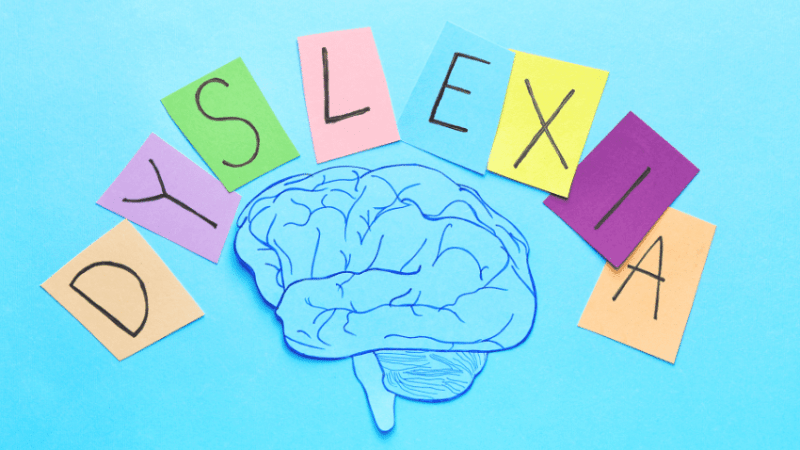What Does Attachment Disorder Look Like?

Colby Pearce outlines the complexities and challenges that can arise when caring for children with an attachment disorder…

- by Colby Pearce

Many children who have an attachment disorder show both an avoidance of intimacy and extreme attempts to control close relationships coercively using threatening, angry or menacing behaviours and/or seductive, charming or demanding behaviours.
As close relationships for these children have often led to abuse, fear and hurt (shame and rejection), closeness becomes equated with distress or danger and intimacy becomes something to be resisted. The closer a caregiver tries to get to the child or the more love they show, the more threatening they become to the child.
Perpetuating the cycle
Nevertheless, the child who has an attachment disorder is also uncomfortable with too much distance from the caregiver and associated concern that the caregiver may no longer be under their direct influence.
A vicious cycle often ensues, whereby the child draws the caregiver closer through demanding or charming behaviours, only to distance them when they come too close, and then draw the caregiver back in when the distance (physical and/or emotional) becomes too great again.
The child’s behaviour serves to demand attention and a caregiver response to their needs, punish and distance the caregiver and release pent-up frustration and anger.
Other children who have an attachment disorder exhibit diffuse attachments, as manifested by indiscriminate sociability and a marked inability to exhibit appropriate selective attachments.
Such children are typically perceived to be charming and gregarious, are likely to be excessively friendly towards strangers and do not display appropriate selectivity and orientation towards attachment figures when attachment behaviours are activated (for example when hurt, unwell, frightened or hungry).
Where care arrangements change (for children in foster or adoptive care, for example), children who have an attachment disorder often compulsively re-enact their maladaptive interactions with their new caregivers.
Like other children, they feel safe and reassured in association with people behaving in predictable and expected ways.
As they expect caregivers to be angry and threatening, or undependable and rejecting, they often behave in a manner that precipitates similar behaviour in their new caregivers, thus confirming their belief systems, which is reassuring, and perpetuating the cycle.
Their belief systems also tell them that caregivers cannot be trusted or relied upon to understand them and meet their needs.
Manipulative behaviours
Children who have an attachment disorder conclude that they are the only person they can depend upon and the only way to get their needs met is to take matters into their own hands.
The outcome is the exhibition of controlling, manipulative behaviours and/ or deceptive and deceitful behaviours arising from a preoccupation with accessibility to needs provision.
The controlling and manipulative behaviours of children who have an attachment disorder typically take the form of angry, aggressive and destructive behaviours, charming and seductive behaviours or a combination of these.
From the first days of life, the infant uses affective displays, such as crying and smiling, to command the attention of their caregivers.
Throughout childhood, children who have an attachment disorder continue to rely on affective displays to assure attention to their needs, punish and distance their caregivers and release pent-up anxiety/arousal.
Children who have an attachment disorder seek to communicate their thoughts, feelings and needs through their behaviour and affective displays, much like a preverbal child.
In addition to smiling and crying, behaviours and affective displays used to communicate thoughts, feelings and needs might include sulking, tantrums, aggression, destructiveness, clinginess and repetitive actions to secure attention (such as turning the TV off or turning lights on and off).
As a result of neglectful care and associated mistrust of others, they often do not progress to the stage of articulating their thoughts, feelings, wishes and needs when they acquire the language to do so.
They consider controlling, manipulative behaviours and affective displays to be a more effective strategy.
A lack of concern
When caregivers ignore, admonish or discipline aberrant behaviour and affective displays, the child who has an attachment disorder feels misunderstood and their belief that their caregivers are uncaring and unresponsive is again confirmed.
They see punishment as arbitrary, cruel and rejecting. Their behaviour reflects their expectation of caregiver unavailability, rejection and/or maltreatment, and the imposition of punishment serves to confirm these expectations.
When caregivers learn that love and patience is not enough for these children, they can feel discouraged and reject the child, further contributing to the child’s self-concept of being unlovable and their caregivers as rejecting.
Caregivers may even develop negative and abusive feelings towards the child. Because these children can be superficially charming to others, especially to those who do not present the threat of intimacy, professionals may see the caregivers as unduly harsh or rejecting.
Children who have an attachment disorder demonstrate an apparent lack of concern for maintaining close and loving relationships with their adult caregivers. As a result, compared with other children they are relatively unconcerned about the impact of their behaviour on their relationship with others.
Rather, they develop a range of aberrant behaviours that assure accessibility to needs provision while also punishing and distancing their caregivers.
In turn, the caregivers can experience feelings of revulsion and loathing towards the child that impact negatively upon their care of the child and further reinforce the child’s negative attributions or beliefs about the relationship.
The result, in many cases, where carers lack knowledge and understanding of attachment disorder, is the breakdown of the child’s care arrangements, sometimes occurring continually.
Unfortunately, this often only serves to reinforce the child’s negative attachment representations.
The ‘care’ model
Consider infants. They are not born with a sophisticated language system. They cannot successfully be reasoned with about who their parents are, and therefore who they should form an attachment to and who not to.
Rather, they form an attachment to the person or persons who they experience to care for them, physically and emotionally, on a continuous basis.
A key concept here is what infants experience. In the same way that infants’ attachment to their primary attachment figure(s) develops in association with their experience of who cares for them, the type of attachment relationship or attachment style is very much dependent on the infants’ experience of the care they receive.
That is, an infant’s attachment style is strongly influenced by the type of CARE they receive. By that, I refer to how consistent, accessible, responsive and emotionally connected infants experience their primary attachment figure(s) to be:
- Consistent
- Accessible
- Responsive
- Emotional connectedness
Colby Pearce is principal psychologist at Secure Start – a private psychology practice based in Adelaide, Australia; this article is an edited extract from his book A Short Introduction to Attachment and Attachment Disorder, Second Edition, published by Jessica Kingsley Publishers







